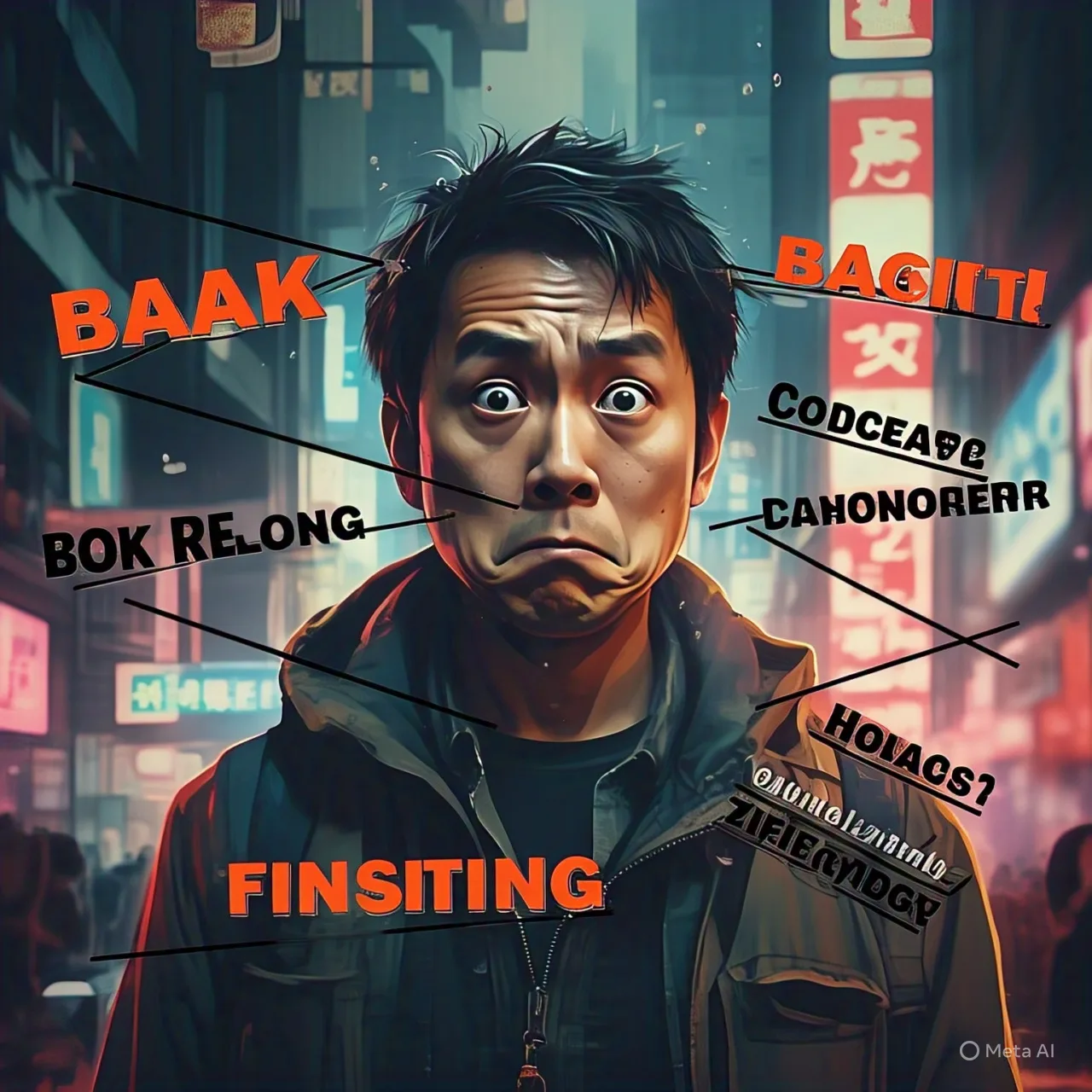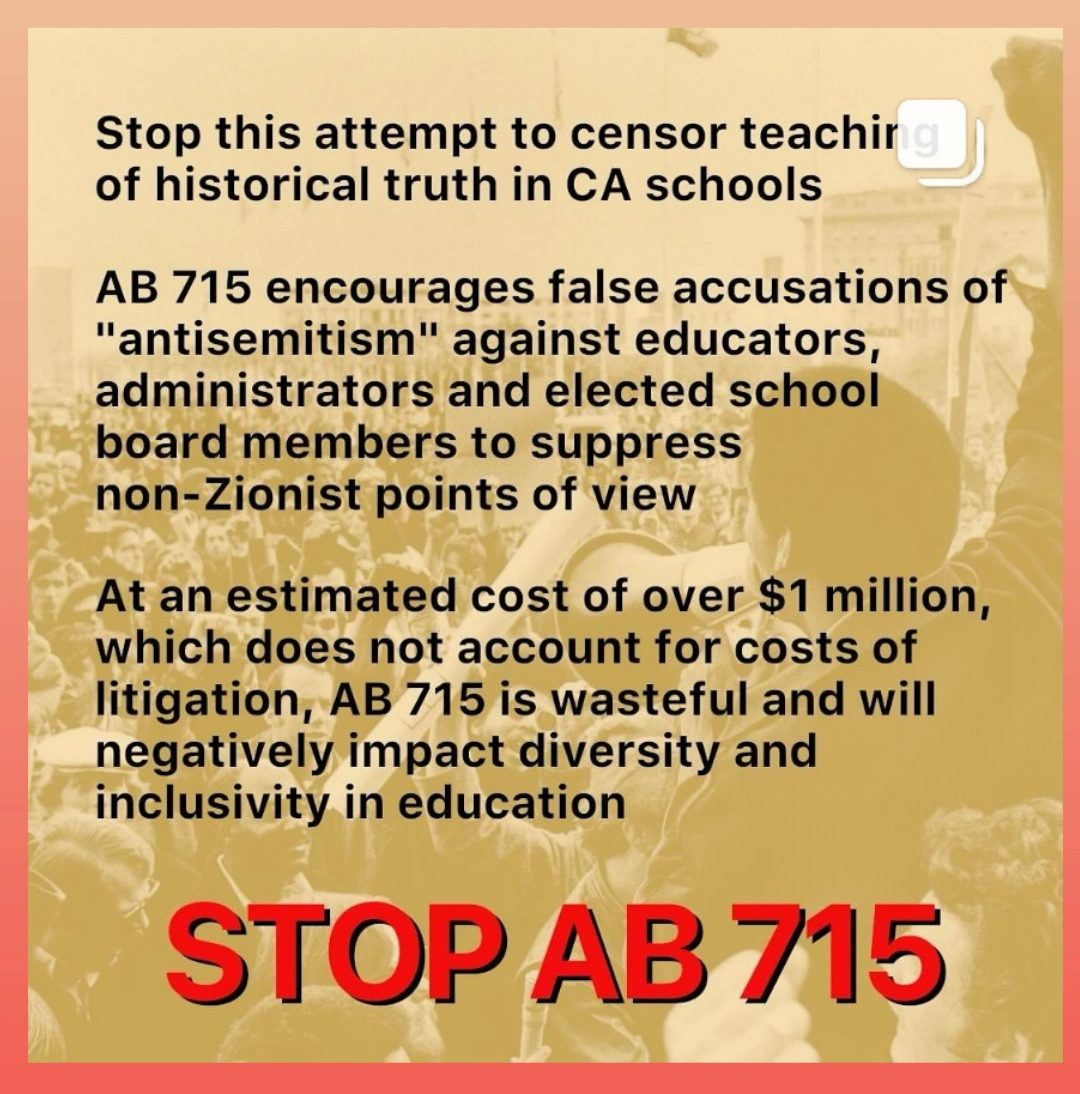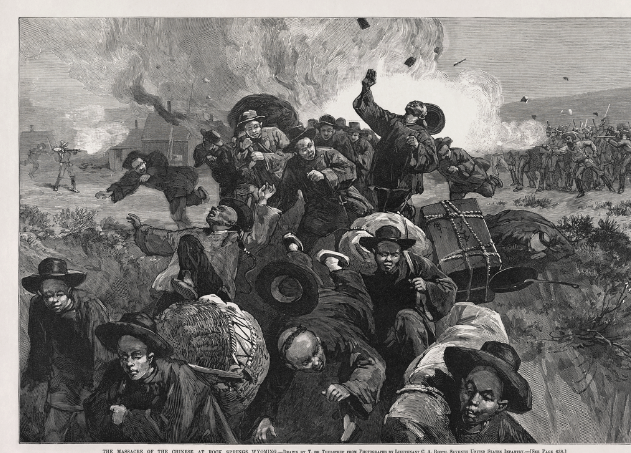I stumbled across and ad for an old Japanese doll, and wanted to get an idea of what’s out there, so I went to eBay and found out. On there, I saw listings for “Ichimatsu” dolls, which I’d never heard of before.
A little research turned up some info, but the most interesting story was bout a set of dolls that traveled from Japan to the US, to be shown in exhibitions, as a gesture of international friendship. The effort was spearheaded by Dr. Sidney L. Gulick, a Japanophile, who wanted to counteract a lot of the racial and international tension between the two countries.
One doll site related it plainly:
These are Ichimatsu dolls have their origins in the attempt by the Reverend Sidney L. Gulick to amend bad feelings in Japan created by the Exclusion Act of 1924, which denied immigration and citizenship rights to persons of Chinese and Japanese descent. Gulick, who knew Francis Hutchins, hit on the idea of sending “blue-eyed dolls” as ambassadors of friendship. He managed to have 12,379 sent to Japan by 1927.
However, some of these doll-interest websites were relaying an history sanitized of conflict and racism:
The exchange of dolls began when, few years after the great Kanto earthquake of 1923 in Japan, American children sent 12,000 blue-eyed dolls to Japanese children. After that, the 58 highly ornate, beautifully crafted Japanese “Friendship Dolls” were sent by Japanese children to America. Many childrens wrote letters to be sent along with the dolls. These dolls toured all over America and were later distributed among museums and libraries all over the country.
The actual story is even more complex than what the Ullman gallery told.
Gulick had lived in Japan for 25 years, as a missionary and educator, and had come to understand the culture. The doll project was a culturally specific effort to interpose American dolls into the context of the hina matsuri, or doll festival, which is celebrated in Japan on girl’s day. I don’t really understand the festival, except as a display of dolls replicating the Japanese royal family, in traditional dress. The use of dolls as ambassadors may have been effective because it specifically participated in an anti-modernist festival. It just made sense.
The project worked, and the American dolls were so popular that it led to the creation of similar Japanese dolls that were a hybrid of western style children’s dolls, and the preexisting Ichimatsu dolls. Japanese leaders created a set of dolls to tour the US.
At the same time, tensions were increasing between the countries, including the progression of exclusion of Japanese immigrants, and other international conflicts and rivalries would eventually lead to an attack on Pearl Harbor which pulled the US into WW2. Dr. Gulick died shortly after the end of WW2, so he really never got to see peace between the countries past the 1920s.
In looking back, however, the websites of most collectors of Ichimatsu dolls are focused on the goodwill efforts, and not the conditions that motivated Dr. Gulick’s goodwill efforts, nor on the populist spirit he embodied, in his belief that the positive feelings of regular people could form the basis for peace between countries in conflict.







Leave a Reply